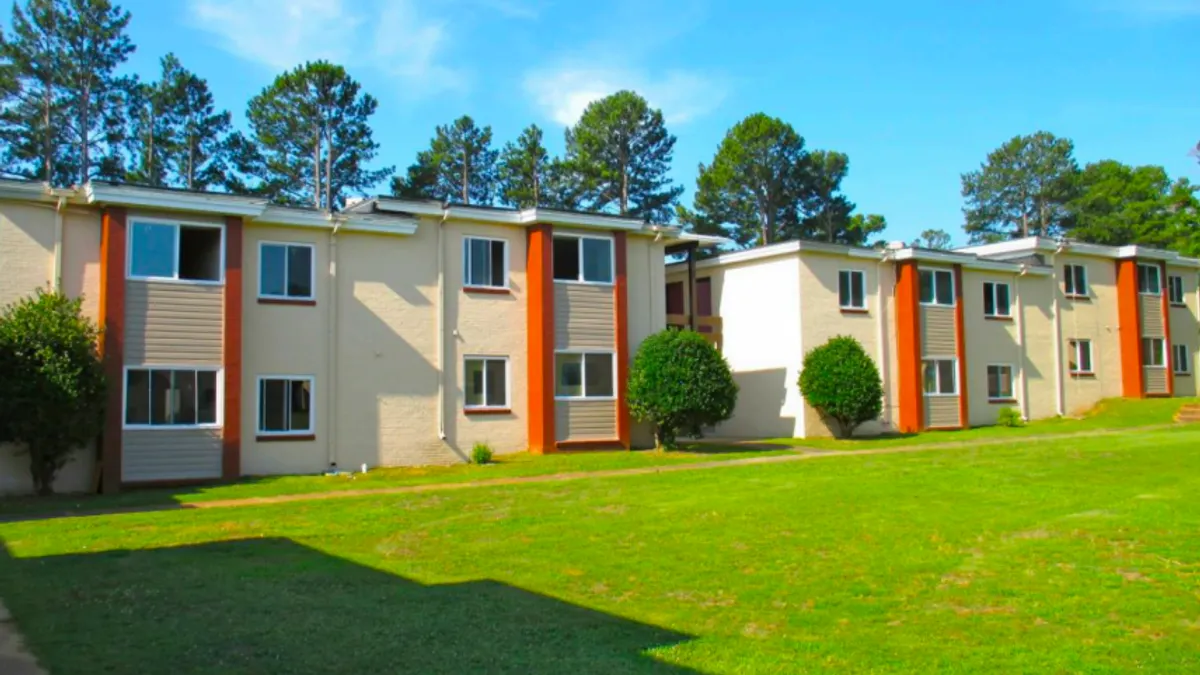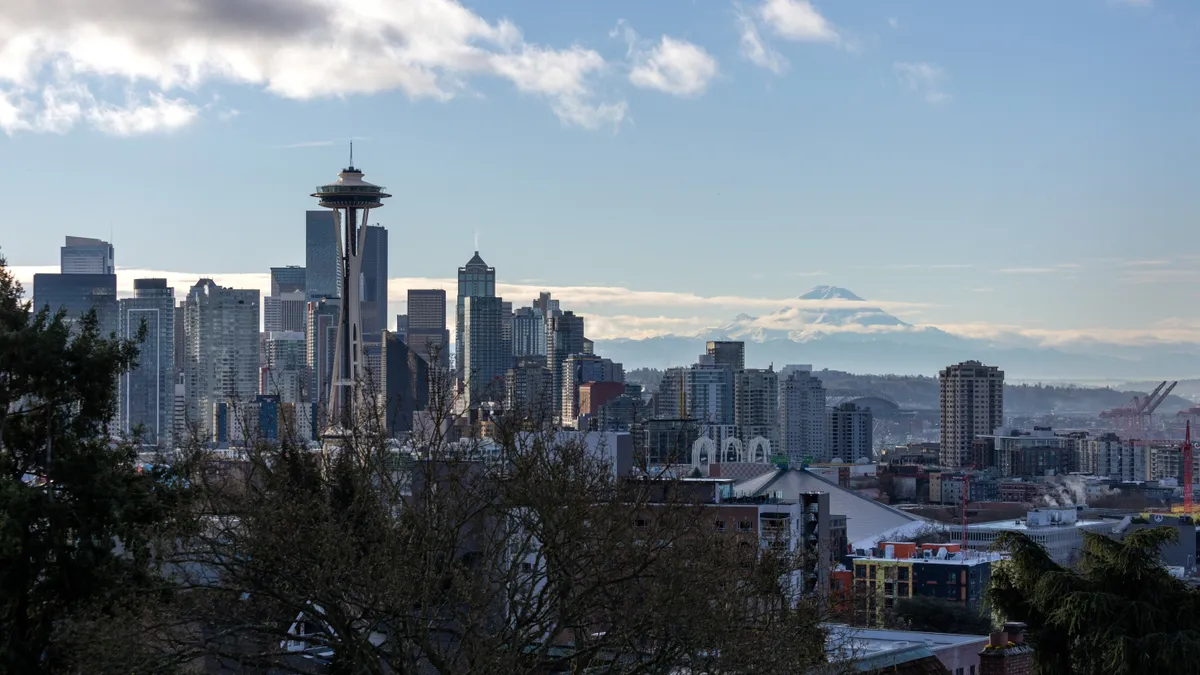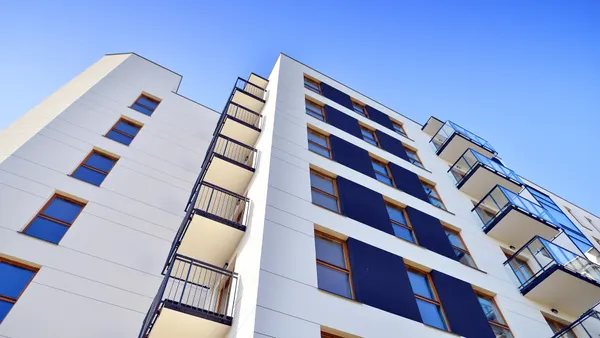Like many apartment REITs, Camden Residential saw move-outs increase in the first quarter of 2023 as eviction moratoriums expired.
“All the municipalities in which we operate have now lifted their restrictions on our ability to enforce rental contracts,” Camden CFO Alexander Jessett said on the company’s Q1 earnings call last month. “And the resulting move-outs of non-paying residents happened earlier than we anticipated with twice the amount of move-outs in the first quarter of this year as compared to the first quarter of last year.”
But for the Houston-based REIT, the higher-than-expected Q1 move-outs have a long-term benefit despite creating some short-term pressure on occupancy.
“We receive the benefit of having our real estate back and the opportunity to commence a lease with a resident who abides by their rental contract and lower bad debt from having a new resident who actually pays,” Jessett said.
As Camden heads into peak leasing season, it has more empty apartments to put on the market. Here are three other major takeaways from Camden’s call:
Pricing power improves
In Q1, Camden’s blended lease rate — the combination of new leases and renewals — showed strength in the company’s Sun Belt markets. New rents rose 90 basis points to 2.7%, while renewals decelerated 80 basis points to 5.9%.
“For Camden, the 4% blended rate in 1Q23 is strong by historical standards and better than the apartment sector 1Q23 average of 3.7%,” wrote Haendel St. Juste, managing director of REITs for investment bank Mizuho Securities. “Camden's blended rents accelerated 20 bps to 4.2% in April, boding well as we head into peak leasing.”
As interest rates rose, the company saw its move-outs to buy new homes drop to 10.1% in Q1 — one of the lowest marks in the REIT’s 30-year history. “The offset on the [eviction-related] turnover is that we've had very low move-outs to purchase homes,” Jessett said.
Overall, Camden expects market rent growth to increase by around 3% in 2022. “We did see slightly higher market rent really across the board in every one of our markets. So that's a good trend,” Jessett said. “And obviously, one quarter… makes us a little optimistic, but we'll see how it continues as we go through our peak leasing periods.”
Supply pressures mount
Camden’s 15 markets saw about 127,000 new apartments delivered in 2022. Citing numbers from Dallas-based consulting firm Witten Advisors, company president Keith Oden said there will be roughly 188,000 new deliveries in those metros this year, followed by 228,000 in 2024.
BY THE NUMBERS
| Category | Q1 | YOY Change |
| Property Revenue | $388.9 million | 7.6% |
| Net operating income | $274.1 million | 9.2% |
| Operating expenses | $114.8 million | 4.0% |
| Funds from operations | $3.80 | 13.1% |
| Average Rent | $2,571 | 6.8% |
| Occupancy rate | 96.7% | 40 bps |
However, Oden said only about 40% of these new deliveries in 2023 and 2024 will be in locations that compete with the REIT’s properties. And many of these new apartments will also be in a higher price range than Camden’s assets, which average about 15 years of age in those submarkets.
“If you screen it for both location and price point, there's only about 20% of the new assets that are being delivered across Camden's portfolio that we are probably going to experience direct competition with,” Oden said.
Camden CEO Ric Campo said on the earnings call that he thinks there could eventually be an opportunity for the REIT to purchase some of these new properties as merchant builders are forced to sell to pay off their debts. “I think you are going to have some softness going forward in certain markets, given the supply side of the equation,” he said. “And that should position buyers, including Camden, to take advantage of that.”
Financing difficulties will eventually curtail supply
Campo said on the call that he was recently contacted by a developer in Florida who put together a fully funded deal with roughly 40% equity invested. After the Silicon Valley Bank collapse, the lender pulled out of the deal and the developer lost a significant amount of money in the process.
“When I talk to my friends at regional banks, they’re not funding deals that they thought they would fund in the future,” Campo said.
Campo expects a 60% reduction in starts due to these banking issues. “I just think that developers are crafty enough to keep their legacy deals in place, and that’s why you haven’t seen a dramatic falloff in starts,” Campo said. “But it’s starting to happen, especially since the banking crisis has created, in essence, almost another 25 basis point or 50 basis point rate increase as a result of those banks just pulling out of the market altogether.”
As construction starts decline, pricing should improve for public developers like Camden, which have the funding and balance sheet to start new projects. But prices need to fall. Campo said most input costs are flat with lumber “at a very low level today.”
“The big input that hasn't gone down yet are salaries,” Campo said. “And at the end of the day, you just haven't had a lot of pressure on construction workers or folks that are in that side of the business. But that could happen… we know starts are going to come down.”
Click here to sign up to receive multifamily and apartment news like this article in your inbox every weekday.






































